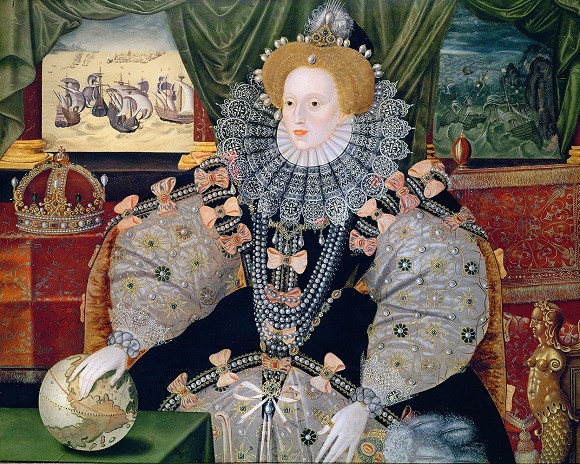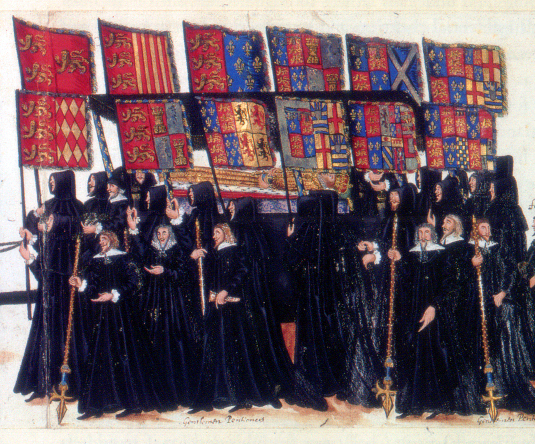Early Adulthood
Richard II’s deposition did not have any effect on London’s most famous Mayor Richard Whittington who was at the time serving his first out of four terms in total in the Mayoral chair. Whittington would be immortalized by the English folk tale “Dick Whittington and his cat”. Whittington was the one who commenced the rebuilding of the Guildhall in 1411. He also bequeathed his fortune to form the Charity of Sir Richard Whittington which nearly 600 years later continues to assist people in need.
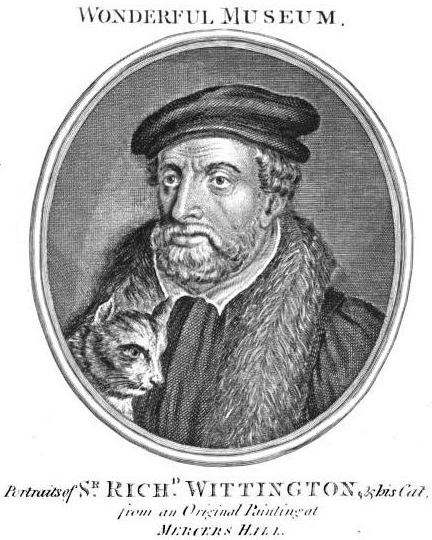
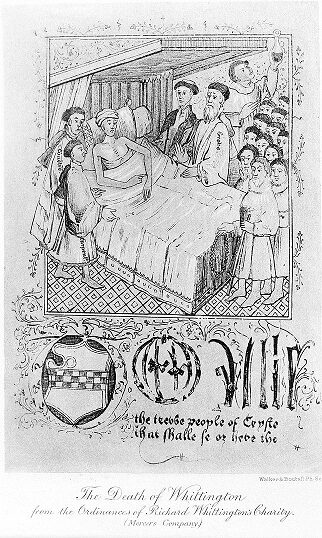

Designed to reflect the importance of London’s ruling elite, the Guildhall provided a central venue for the guilds’ commercial transactions and the civic and administrative duties of their members. As the most esteemed member of the guilds, the Mayor, held the post of the Chief Magistrate. One of the most famous trials in English history that of Lady Jane Grey was held in 1553 in the Guildhall’s Great Hall, the third-largest civic hall in England.
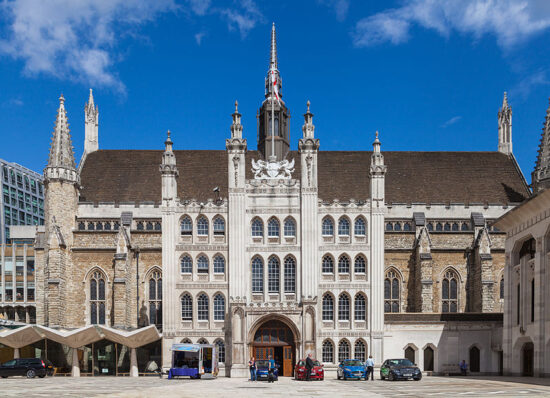
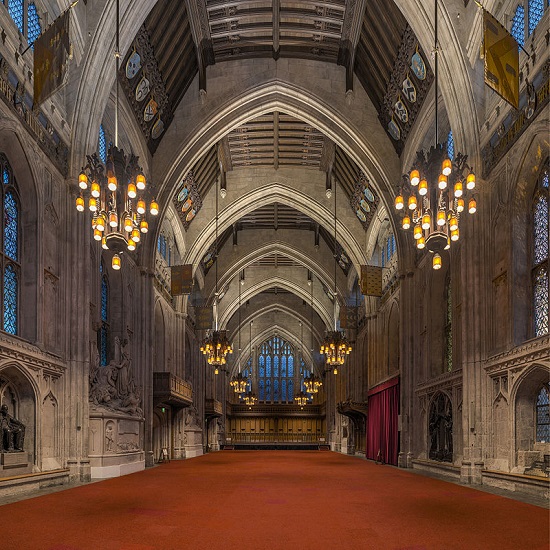
Henry V‘s (r. 1413 to 1422) winning streak on both land (Battle of Agincourt in 1415) and at sea against the French and their Genoese allies who controlled the English Channel, was celebrated with much excitement in London which saw its naval routes open again after a long time.
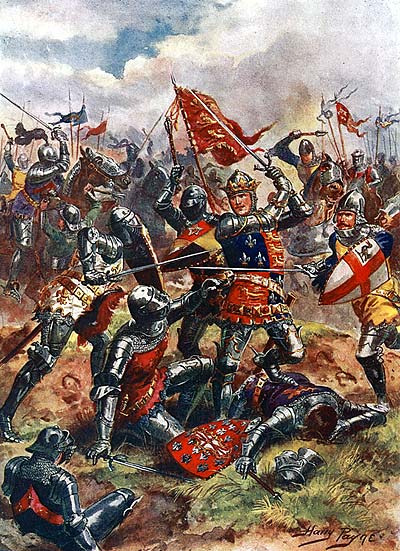

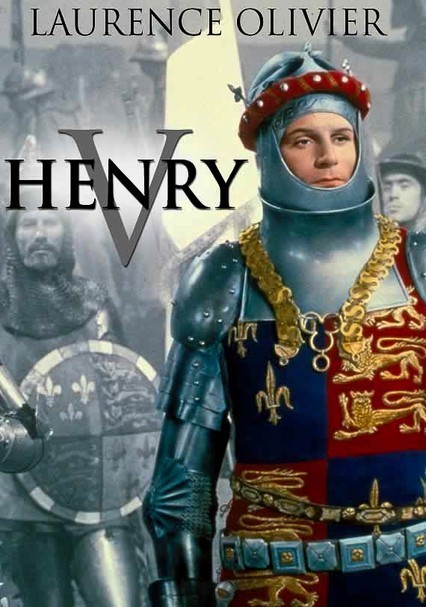
Henry V’s funeral at Westminster Abbey in 1422 was preceded by a grand procession through the streets of London. He was buried in a large tomb erected within the abbey. The 36-year-old king (at the time of his death) was held in such high esteem that his tomb became a place of pilgrimage in the fashion of a contemporary saint. He is one of the kings immortalized by Shakespeare’s writings (Henry V).
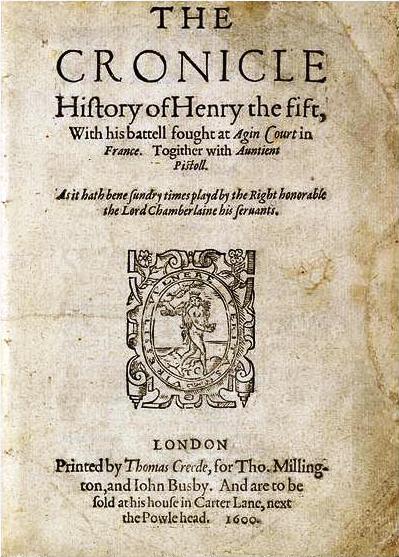
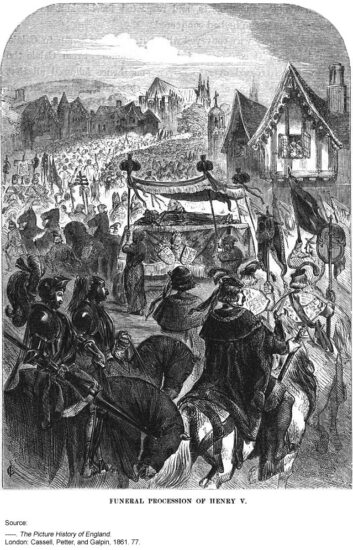
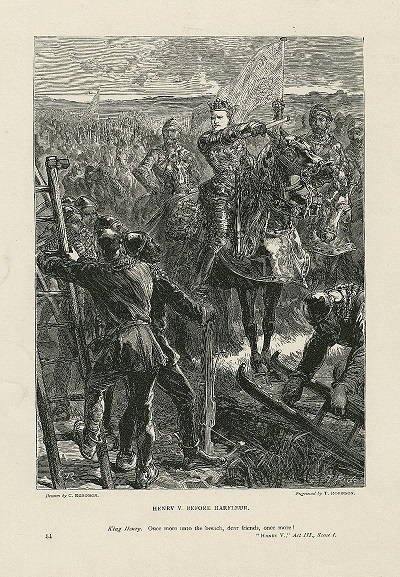
By the 15th-century cloth, production was England’s biggest industry. Large amounts were being exported from London which was getting richer & busier by the day. The wealthy craftsmen and merchants were building their new large houses, some of them five stories high, in certain areas of the city mostly close to the Guildhall or westwards along the Strand, the road that had connected the city to the east with Westminster. By then the prestigious road was in essence joined with London.
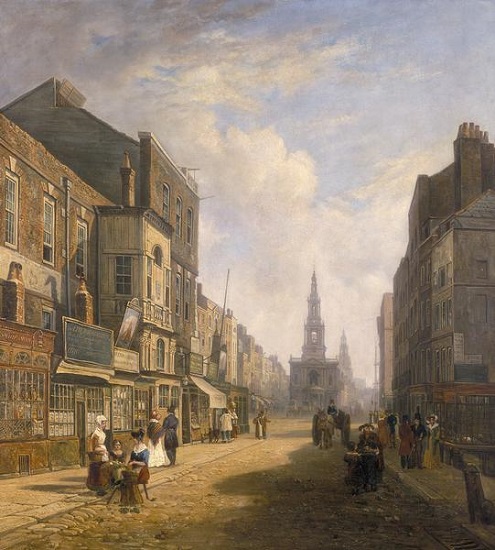
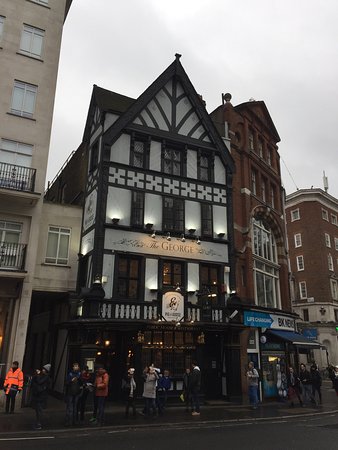
Henry VI‘s (r. 1422 -9 months old- to 1461) halfhearted continuation of the war with the French brought a collapse on the battlefields of France, with the English losing all their conquered territories by 1453. The military collapse affected the internal affairs of the state & the popularity of the king who was openly disputed by the House of York (male line descendants of the royal House of Plantagenet) & their supporters.
In the Wars of Roses that followed, the Yorkist faction (with the white rose as its symbol) initially prevailed over the House of Lancaster (with the red rose as its symbol) with Edward IV capturing & imprisoning King Henry VI. Henry would be held captive in the Tower of London until his death. Edward IV became the first king from the House of York in 1461 when he was crowned in London.
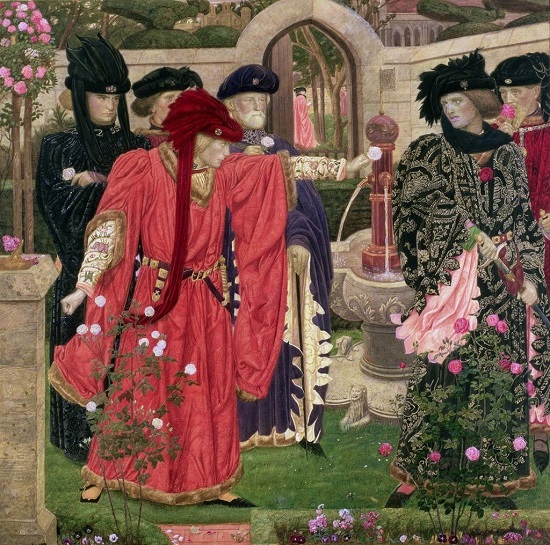
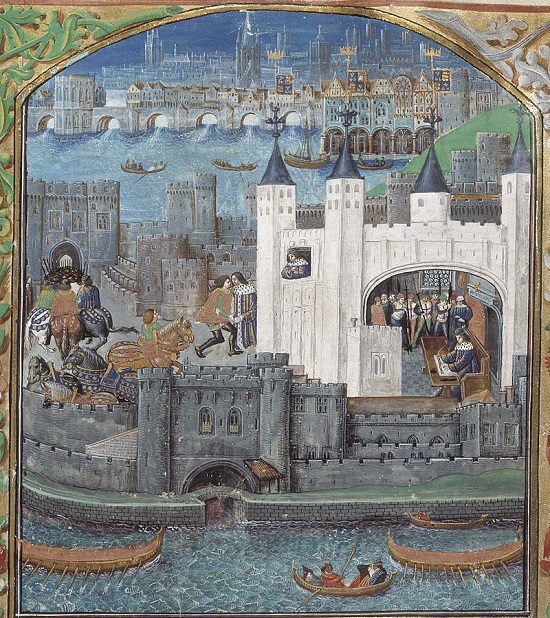
London would change hands several times until in 1485, Henry Tudor, the senior male Lancaster claimant remaining, managed to defeat the army of the last Yorkist King Richard III (r. 1483 to 1485), seal the end of the Wars and unite the two houses by marrying Elizabeth of York in a grand ceremony at Westminster Abbey in 1486.
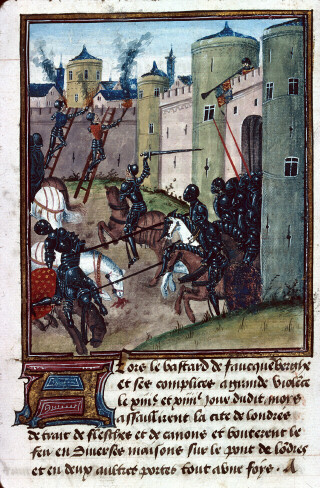

The first of the Tudors did not take much interest in further empowering London but left his mark nonetheless in the city’s architecture with the construction of the Henry VII Chapel, a unique specimen of Renaissance architecture, with one of the most exquisite examples of pendant fan vaults in the world. It would eventually serve as his mausoleum in 1509.
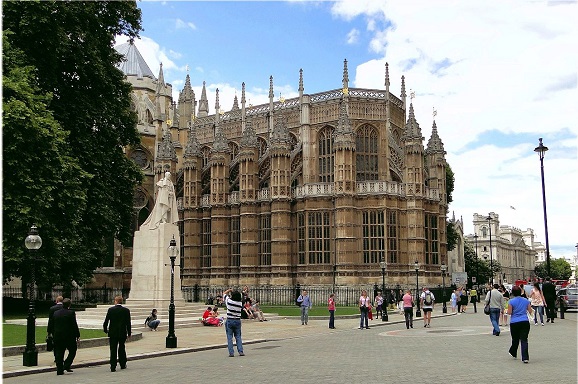
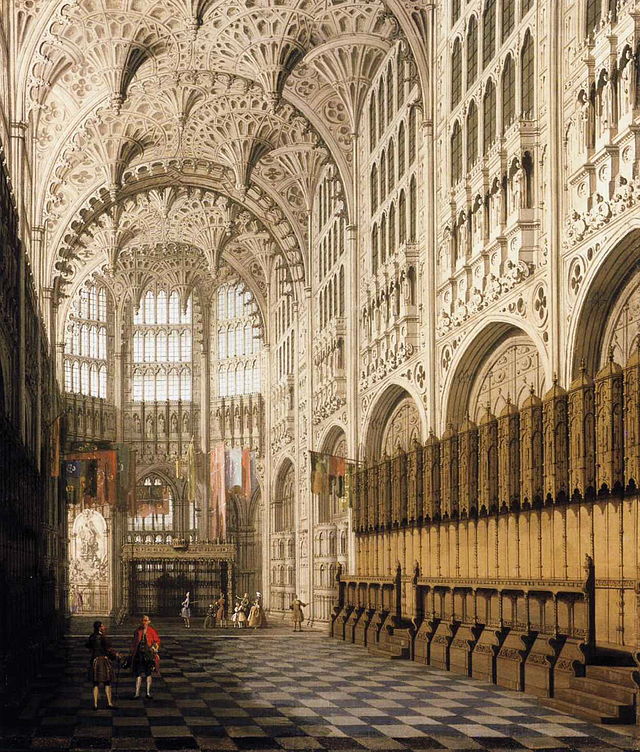
The introduction of printing by William Caxton in the 1470s and the close relations between Londoners and the German trading network of the Hanseatic League (Reformation ideals developed in Germany in 1517-1521) would pave the way for King Henry VIII’s ( r.1491 -1547) famous rejection of Papal authority. What triggered the rejection was however Pope Clement VII‘s refusal to approve the king’s divorce in 1529 which would result in a definite schism between the English & the Roman Catholic Church.
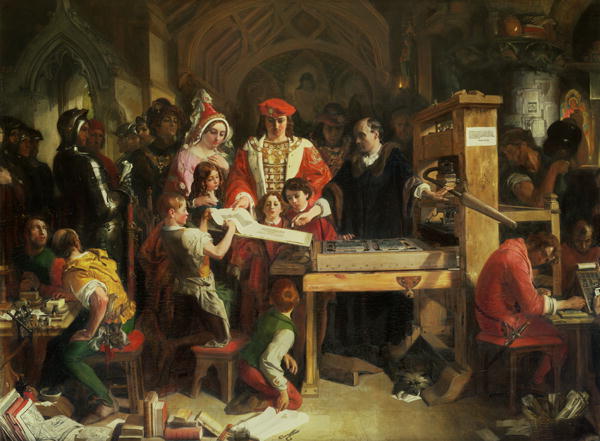
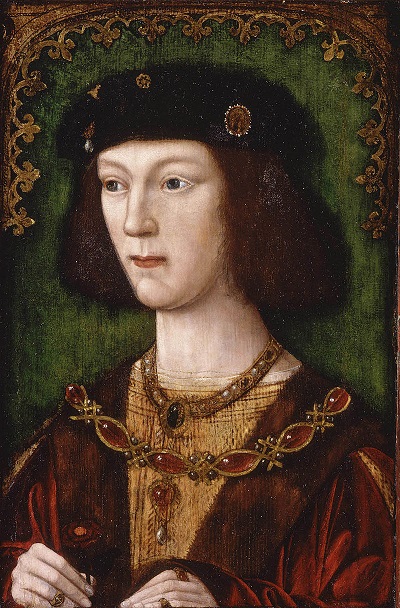
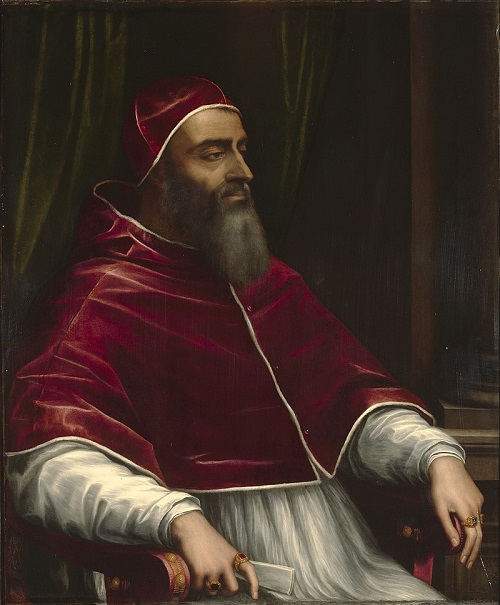
King Henry VIII’s Dissolution of the Monasteries that took place after 1535, in a city where more than a half of its covered area was occupied by religious institutions (about 1/3 of its inhabitants were monks, nuns & friars) provided a great number of religious buildings to the Crown & its entourage. Some of them were turned into private residencies, while others were given to the Livery Companies & the city.
Urban property became the mainspring of London’s market while the former lands of Westminster Abbey were acquired by King Henry VIII who enclosed them and stocked them with deer to form a private hunting ground (present Hyde Park & St. James Park).

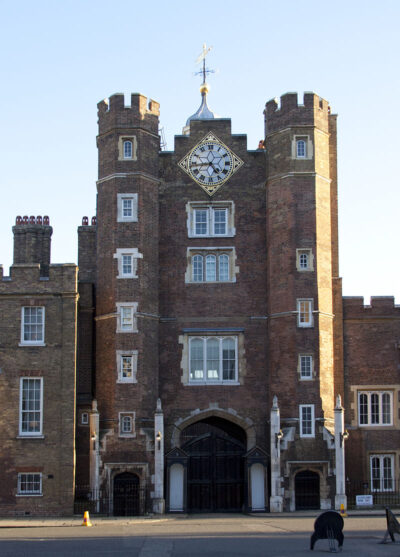
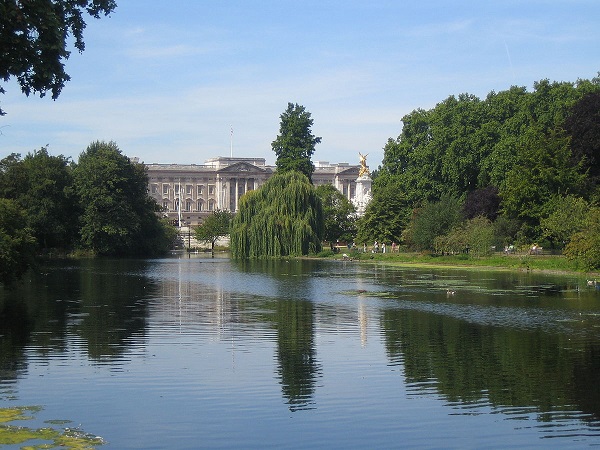
A constantly increasing amount of England’s overseas trade (by 1500 it had reached about 1/3 of the overall activity) passed from the so-called Pool of London, which was the part of River Thames that stretched from London Bridge to the Limehouse to the east. That coastal area of about 4 km long was the beating heart of England’s naval trade and had everything, from the Customs office, open wharves, and warehouses, to smugglers and thieves trying to have their share.
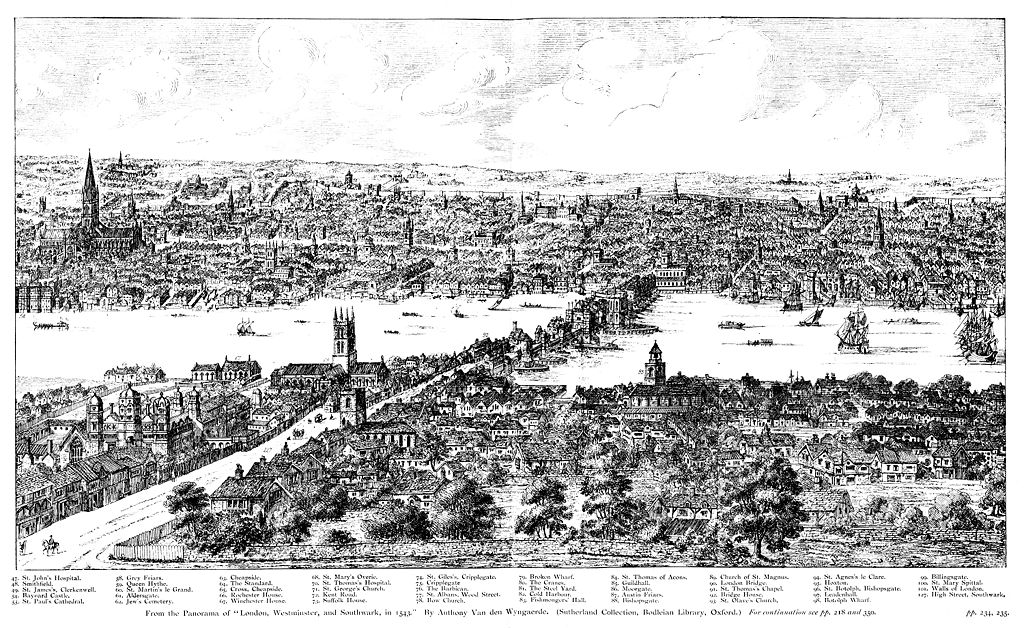
London’s population skyrocketed during the 16th century, due to its growing economy and the relative stability of the Tudor Kingdom. As the city was getting bigger & busier River Thames would prove to be the most practical & cleanest way one could use to get from one place to another. The old upper classes of nobles and the new wealthy merchants started building their new palaces right on the river’s banks to have immediate access to the boats that would carry them across the city.

The introduction of the printing press in the late 15th century evolved into a publishing frenzy in the 16th century. At the same time, the discovery of the new world & the expansion of trade to Russia & the Americas created a new type of adventurous and open-minded citizen who found its Mecca in Elizabethan London which dawned in 1558.
Elizabeth was Henry VIII’s daughter by his second wife Anne Boleyn who was executed two and a half years after Elizabeth’s birth. Her reign would herald the beginning of a golden era that would make London the most influential metropolis of the western world.
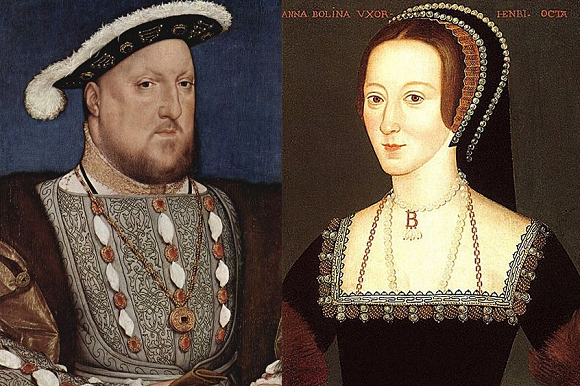
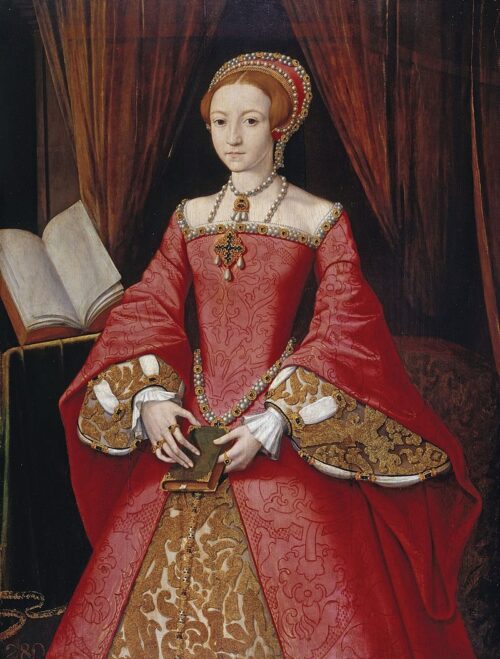
The long period (1558 to 1603) of general peace, Elizabeth’s sound fiscal management and low taxes policy, her encouragement of naval expeditions, and her tolerance towards both Protestants & Catholics created a very wide frame in which London prospered & the English Renaissance reached its apogee.
Poetry, music, literature, and especially theater with its most important representative in the history of the art, Sir William Shakespeare, who lived wrote, and played in London in that same period, all flourished during Elizabeth’s reign.
The Queen herself was a fervent lover of theatrical plays which were performed for her privately at court, most commonly at Whitehall Palace (confiscated by her father after the deposition of his trusted Cardinal Wolsey to whom it belonged).
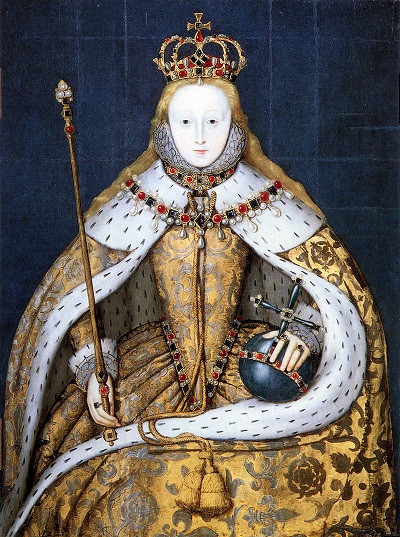
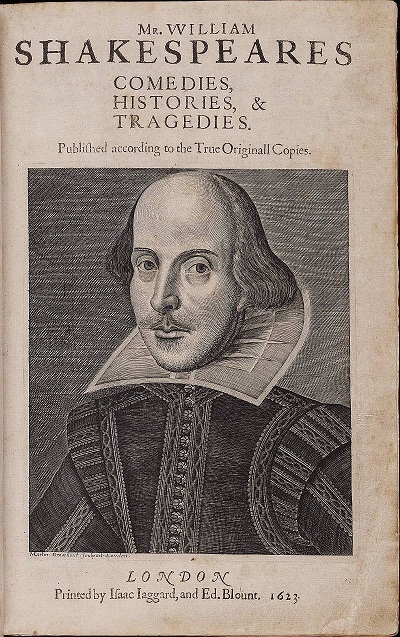

Not everyone was happy with the enlightened rule of Elizabeth I. Devout Catholics identified their Queen with secularism and Protestantism. Their desire for a “re-conversion of England” led them to the declaration of Catholic Mary Queen of Scots, a senior descendant of Henry VIII and Elizabeth’s elder sister, as their rightful queen.
The situation escalated into an armed rebellion in Northern England in 1569 which was openly backed by Pope Pius V (who issued a bull declaring Elizabeth illegitimate & heretic Queen) as well as the French & Spanish Catholic crowns.
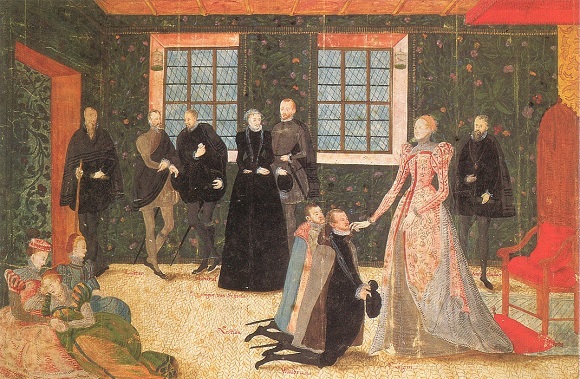
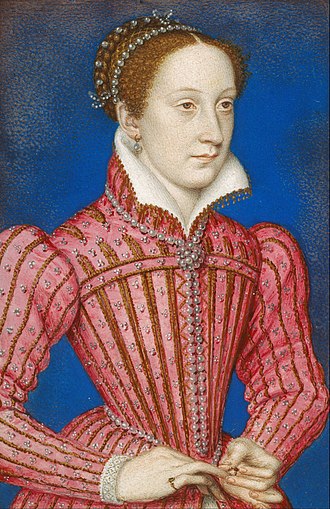

A wave of patriotic anti-Catholicism in Parliament shifted Elizabeth’s religious moderation into pro-Protestant governance making London a refuge for prosecuted French Huguenots & oppressed by the Spanish Crown Dutch Reformers in the 1570s.
The violent downgrading of Antwerp’s leading role in world trade by the Spanish Crown (Antwerp’s trade accounted for 40% of the world transactions at the beginning of the 16th century) but most of all the failed Spanish invasion & destruction of the mighty Spanish Armada in 1588, gave London a new thrust in its naval mercantile affairs. It also facilitated its ship owners and their newly established companies in their risky endeavors to explore new routes into uncharted waters.

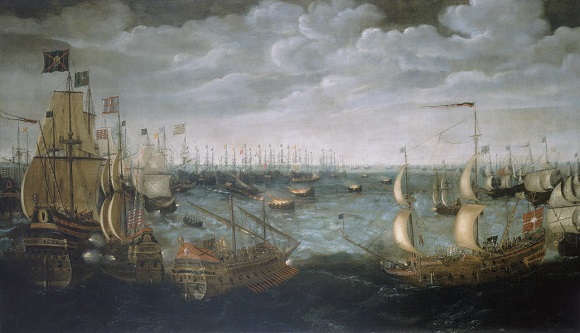
By the end of the 16th century-beginnings of the 17th, the area east of London had the largest concentration of shipbuilding & repairing docks in the country. It would play a central role in the elevation of the Elizabethan navy into the most powerful battle-fleet afloat in only a few years. London took over Antwerp’s first place among the North Sea ports while a large amount of well-educated & economically vibrant immigrants raised the city’s population to about 225.000 from an estimated 50.000 in 1530.
The clothing industry had evolved into the leading export business of London while trading companies such as the Muscovy Company & British East India Company (ultimately came to rule India) had already placed their foundations & established their headquarters in London(1601) to bypass the Dutch monopoly in long-distance trade to the Far East.
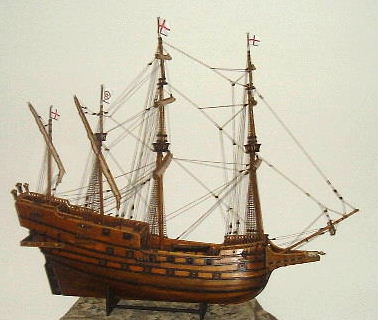
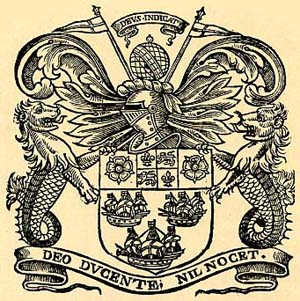
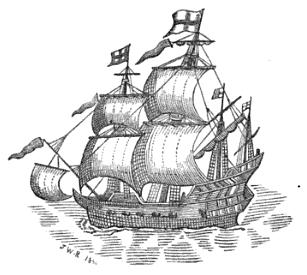
After the death of the idolized “Virgin Queen Elizabeth” in 1603 a funeral cortege, from Whitehall Palace to Westminster Abbey, that according to the words of the chronicler John Stow caused “such a general sighing, groaning & weeping as the like hath not been seen or known in the memory of man” the Tudor line of monarchs had come to its end.
